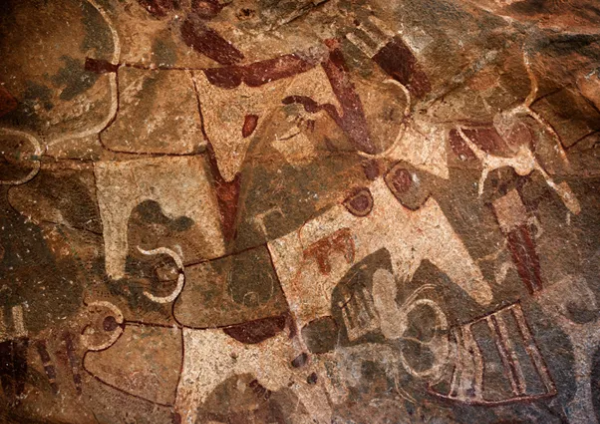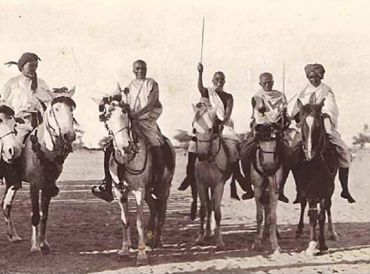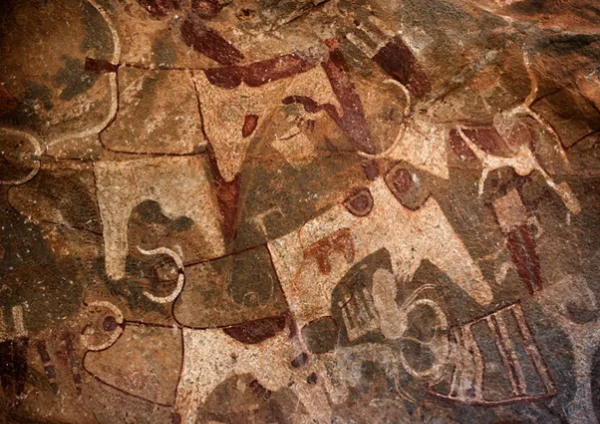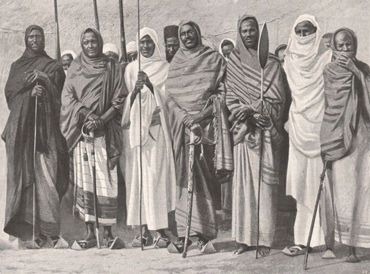Somaliland has an ancient history and civilization. For a long period in the past, Somaliland had well-established trade links with the rest of the world particularly ancient Egypt (the Pharaohs), the Romans, the Arabian Peninsula and the Indian sub-continent. Commodities like hides and skins, frankincense and myrrh, ivory, gums, feathers were traded in exchange for consumer products such as sugar, tea, dates, clothes etc. It was uniquely the hub of spices trade (Frankincense and Myrrh). The trade links to the Middle East and East Asia existed via the Red Sea and the Indian Ocean routes.
The Republic of Somaliland is located in the Horn of Africa. It has the Gulf of Aden to the North and shares borders with Djibouti in the West, Ethiopia in the South and Somalia in the East. It has an area of 176,119 square Kilometers and a coastal line which stretches up to 800 Km along the Red Sea. In terms of area it would have ranked 37th in Africa, which means there are 18 countries with smaller areas than Somaliland in the continent. It is home to a population of four million. The capital, Hargeisa, is a metropolis with an estimated population of over one million. The national language is Somali but both English and Arabic are widely spoken.
Somaliland, due to its strategic location near Bab el Mandeb, at the entrance to Gulf of Aden and the Red Sea, has always been of interest for strategic and commercial reasons. In the mid16th century, the great Ottoman Empire annexed the port of Zeila and provided protection, at a cost collected through customs and other charges, for Arab, Persian and Indian merchants who serviced the trade requirements of the surrounding area and the Abyssinian hinterland. In 1870 the ambitious Khedive Ismael I of Egypt, whose country was nominally part of the Ottoman Empire, obtained the Ottoman Sultan’s authorized rights over Zeila in exchange for paying an annual fee of sterling pounds 18,000. The Khedive in due time acquired the coast between Bulhar and Berbera without reference to the Sultan.
In 1877 Britain signed a convention recognizing the Khedival annexation of all the East African coast north of Ras Hafun (the promontory of land jutting out into the Indian Ocean south of Cape Gardafui).
The agreement stipulated that no portion of this area should be ceded to any foreign power and that British consular agents should be appointed at places on the coast. The Sultan of Turkey, hitherto not very interested in any land east of Zeila, generating, however, a piqued interest of the Ottoman Empire.
As Egypt had opened the Suez Canal in 1869, Egyptian interest shifted more on the coastline rather than the interior. At coastal locations lighthouses, harbors, piers, blockhouses, and barracks were constructed, and running water supplies engineered. Some of these facilities have lasted until recently.
In 1884 Egypt was facing the Mahdist revolt in the Sudan and for financial reasons (dictated by Britain) had to curtail its projects along the Somaliland coast. By agreement with Britain the Egyptian flag remained flying in Somaliland but Egyptian troops and officials were withdrawn and replaced by very few British troops, ships and officials from Aden.
With the departure of the Egyptians and the possibility that other colonial powers had their eyes trained on the potentials of the Somaliland coasts and its hinterland, Britain had to act fast. The British colonial office expedited Major A. Hunt of Great, representing his government, to draw up protection treaties
with several Somaliland clans. Britain wooed Somaliland clan leaders with a promise of protection, guaranteeing them full support in case of an attack from other neighboring territories, which were then occupied by other Europeans (See the Map of Africa by Treaty written by Sir E. Hertslet). On their part, the clan elders of the day refused to grant the British the right to land unless they agreed to their terms.

Read More
Jul 23, 2020
Chronology Somaliland
Somaliland has a long history that goes back thousands of years. Around 12,000-y...







